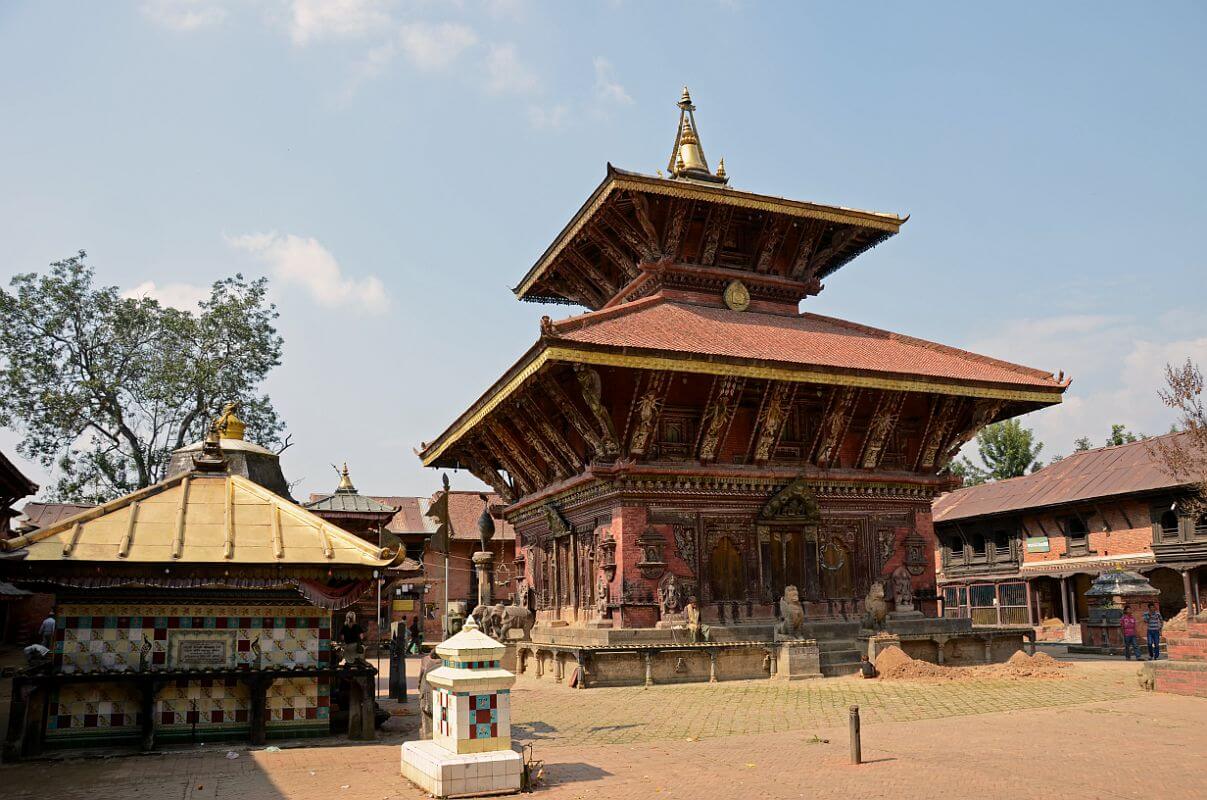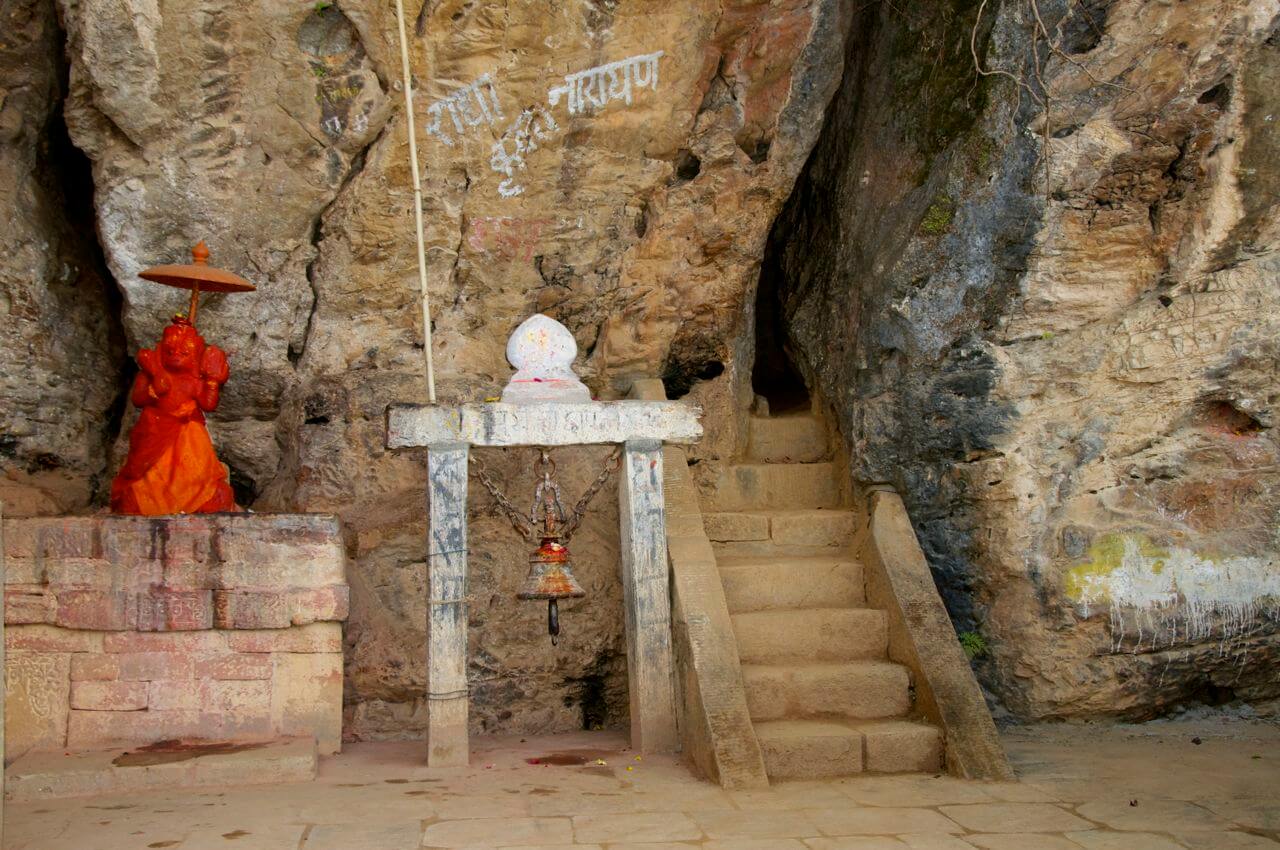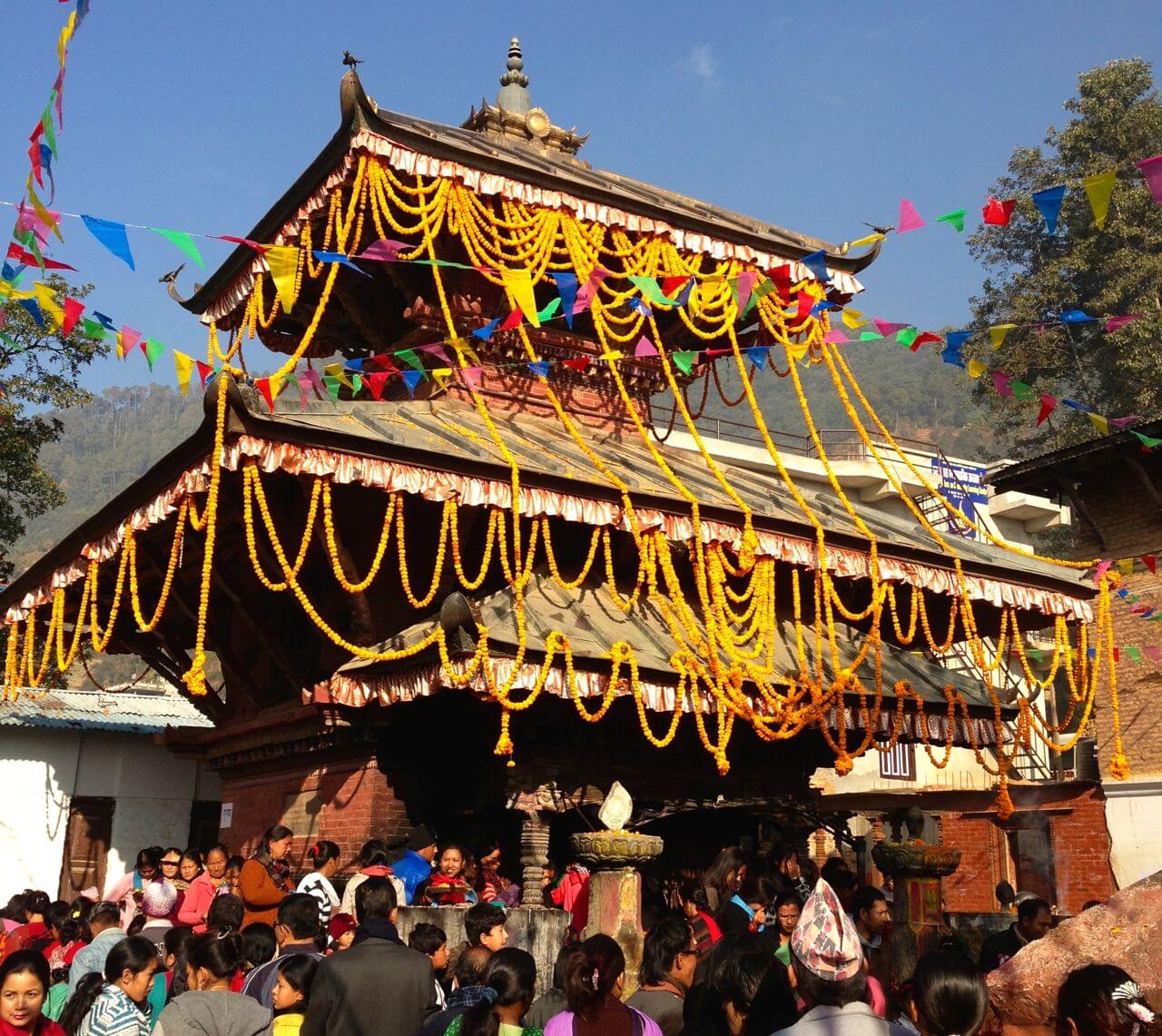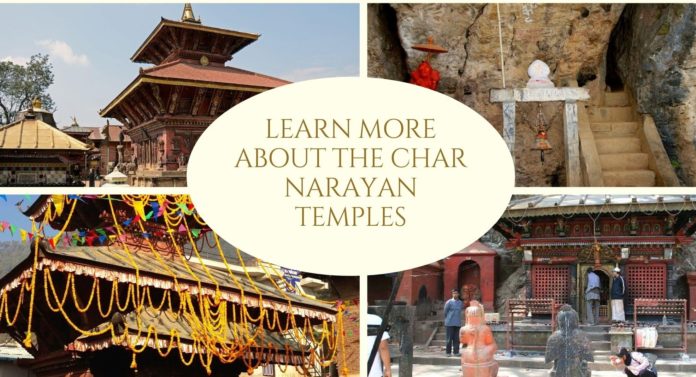Changu Narayan, Bhaktapur

Changu Narayan is considered to be the oldest temple in Nepal. Situated on top of the Changu hill next to the holy Manahara River, this is one of the most important temples in Nepal not just religiously but also culturally and artistically.
The Changu Narayan temple is said to have been built by the Lichhavi king Haridatta Burma in 323 BC. Due to its rich history and beautiful architecture, this temple is now a major tourist destination and listed as one of the seven World Heritage Sites in the Kathmandu Valley. Considered to be the oldest ancient temple in the valley, it was inscribed on the UNESCO World Heritage List in 1969.
According to legend, the temple was formed when a Brahmin and his cow herder cut down a tree where they believed a thief who was stealing their cow’s milk lived. Blood spewed out of the tree and Lord Vishnu emerged. After assuring them that it was not their fault, he explained that he was cursed due to his sins and finally achieved freedom. After hearing this, the Brahmin and cow herder decided to create a place of worship where the sacred tree once stood.
Bishankhu Narayan, Godawari

This temple is said to have been built by the Lichhavi king Haridutta Varma at Bandegoun, near Godawari, around 43-143 AD. This temple is relatively simple, with the object of worship being a plain rock. The structure is also not as grand as that of Changu Narayan. The temple can be reached by a steep stairway and through a small opening in between rocks. It is believed that an individual possesses humility if they can successfully pass through to the other side without getting stuck at the cavity, if they fail, that means that they have too much pride.
According to legend; the hillock near the temple was formed when Lord Vishnu defeated the demon Bhasmasura who; having attained the power to turn anybody he touched into ashes from Lord Shiva, had tried to test the power upon himself. This feat was achieved by Vishnu through not violence but pure cunningness.
The temple is especially popular among local devotees during the festival of Thulo Ekadashi in Kartik.
Ichangu Narayan, Nagarjun Hill

Shesh Narayan, Pharping
Tucked beneath a rocky cliff wall and a Tibetan monastery, the Shesh Narayan temple is smaller than the rest but no less beautiful. The shrine is decorated by ponds and statues and the temple is said to have been built around the 17th century.
In the courtyard, there are several artfully carved Licchavi-era sculptures, including beautiful Garuda and Hanuman depictions. The ponds surrounding the temple are populated with carp which you can feed. It also has some semi-submerged carvings of various deities, including an image of Aditya. The area is often visited by worshippers and rituals may be visibly conducted. Just as the Ichangu Narayan Temple, the history surrounding this temple is also unclear.



